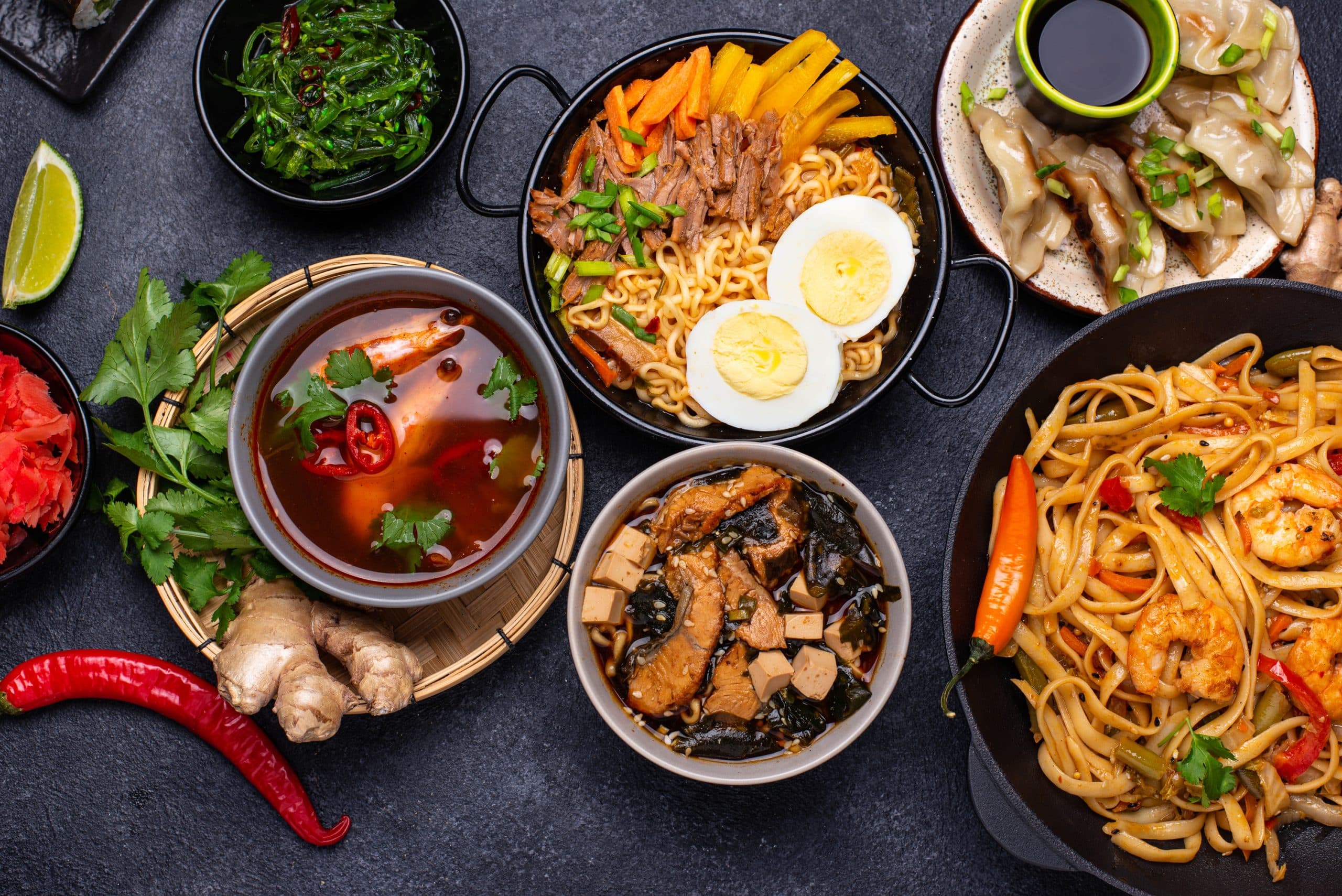How to Prepare an Authentic Italian Osso Buco with a Gremolata Topping?

The Italian kitchen is known for its rich and diverse flavors, from the renowned pasta recipes to the lesser-known delicacies like Osso Buco. Traditionally, Osso Buco is a Milanese specialty, a slow-cooked dish centered around braised veal shanks. What sets it apart, though, is the gremolata topping. This garnish is a unique blend of lemon zest, garlic, and parsley, providing a zesty contrast to the rich, savory meat. If you want to bring the essence of Italy to your kitchen, this guide is for you. Follow these steps closely, and you’ll be serving up an authentic, mouthwatering Osso Buco in no time.
Choosing and Preparing the Perfect Veal Shanks
When it comes to making Osso Buco, choosing the right veal shanks is crucial. You’ll need thick, meaty veal shanks of about 1 ½ inches to ensure a proper braising process. The marrow in the bone also plays a significant role in adding rich flavor to the dish. Before you start cooking, season the veal shanks generously with salt and pepper on all sides. The seasoning process should be carried out a few minutes before you add the meat to the pot, to allow the flavors to penetrate deep into the shanks.
A découvrir également : What’s the Best Technique for a Perfectly Smooth and Creamy Hummus with Tahini?
To start the cooking process, heat a generous amount of olive oil in a large, heavy-bottomed pot. Add the seasoned veal shanks to the pot, browning them evenly on all sides. This process should take around 10 minutes. Browning the veal shanks not only improves the color but also deepens the flavor of the dish. Once the meat is well browned, take it out of the pot and set it aside.
Creating the Osso Buco Sauce Base
After you’ve browned the veal shanks, it’s time to prepare the sauce base for the Osso Buco, also known as the soffritto. Begin by adding finely chopped onions, carrots, and celery to the same pot used for browning the shanks. Saute these until they are soft and translucent. Then, add in minced garlic and continue to stir until the garlic is fragrant.
En parallèle : What’s the Secret to a Perfectly Moist and Flavorful Zucchini Bread with Walnuts?
Next, de-glaze the pot with a dry white wine, such as a Pinot Grigio. The wine will pick up the brown bits stuck at the bottom of the pot during the meat browning process, incorporating their flavor into the sauce. Let the wine reduce to half its volume before proceeding to the next step.
Cooking the Osso Buco
Now that you’ve prepared the soffritto, it’s time to reintroduce the veal shanks into the pot. Add the veal shanks and some broth (veal or chicken will work) to the pot. The liquid should cover the shanks by about half. This is the braising liquid that will help the meat become tender and flavorful.
Place the pot in a preheated oven at a temperature of 325 degrees Fahrenheit. Let the Osso Buco braise for about two hours, or until the veal shanks are tender and the sauce has thickened. Every 30 minutes, check the pot and turn the shanks to ensure even cooking.
Preparing the Gremolata
While the Osso Buco is in the oven, you can use this time to prepare the gremolata. This topping is a mixture of finely chopped parsley, grated lemon zest, and minced garlic. All these ingredients should be fresh to ensure the gremolata adds a bright, fresh contrast to the rich sauce and meat. Mix these ingredients together in a bowl and set aside until the Osso Buco is ready to serve.
Serving the Osso Buco
Once the Osso Buco is ready, take it out of the oven and let it rest for about 10 minutes. This allows the flavors to meld together and the meat to relax, ensuring it is tender and juicy. Serve the Osso Buco on a bed of creamy polenta, spooning some of the sauce over the top. The final touch is the gremolata — sprinkle it liberally over the meat and polenta. The fresh, zesty flavors of the gremolata perfectly complement the rich, savory taste of the Osso Buco.
Remember, the Osso Buco is best served warm, straight out of the oven. Enjoy this traditional Italian delight and savor the myriad of flavors it brings to your taste buds. The experience of preparing and enjoying this dish is truly a culinary journey worth embarking on.
Adding Depth to the Dish: Tomato Paste, Herbs and Red Wine
This step involves introducing the tomato paste and herbs to the dish, both of which play a critical role in building flavor profiles. After the wine in the pot has reduced to half its volume, add in a can of tomato paste. Stir this around until it is well incorporated with the soffritto. The tomato paste adds a depth of flavor and a slight sweetness that balances the savoriness of the braised veal shanks.
Now, introduce the herbs to the pot. Traditional recipes call for bay leaves and thyme, but feel free to add other herbs such as rosemary if you prefer. Simply tie your chosen herbs together with a piece of kitchen twine to create a bouquet garni and toss it into the pot.
Finally, add a cup of red wine to the pot, making sure to stir everything well. The red wine adds a layer of complexity to the Osso Buco, enriching its flavor even further. Let the mixture simmer for a few minutes to allow the alcohol to cook off. The aroma of the wine, herbs, and tomato paste melding together will create an irresistible aroma that fills your kitchen.
Incorporating the Final Touches: Dutch Oven and Serving Suggestions
After the Osso Buco has simmered and all the flavors have melded together, transfer it to a Dutch oven. The even heat distribution of a Dutch oven ensures the Osso Buco cooks evenly, maintaining its tenderness and succulence.
Cook the Osso Buco in the Dutch oven for about 2 hours, or until the meat is fork-tender and falls off the bone effortlessly. Remember to turn the veal shanks every 30 minutes to ensure they cook evenly.
Once the Osso Buco is ready, let it rest for about 10 minutes before serving it. This allows the flavors to meld together, enhancing the overall taste. While typically served with creamy polenta, Osso Buco can also be served with mashed potatoes or risotto. Regardless of your choice, make sure to spoon some of the rich sauce on top.
Finally, don’t forget the gremolata. Sprinkle it liberally atop the Osso Buco just before serving. The zesty freshness of the gremolata provides a delightful contrast to the rich, savory veal osso.
Conclusion
Osso Buco, a classic Italian dish, requires patience and attention to detail. From choosing the right veal shanks to preparing the gremolata, every step contributes to the final masterpiece. Whether you plan to serve it for a special occasion or a casual dinner, this dish is sure to impress. The rich, savory taste of the braised veal shanks, paired with the zesty freshness of the gremolata, creates a harmonious blend of flavors that your taste buds will thank you for. So, why wait? Bring the authentic taste of Italy to your dinner table with this classic Osso Buco recipe.
